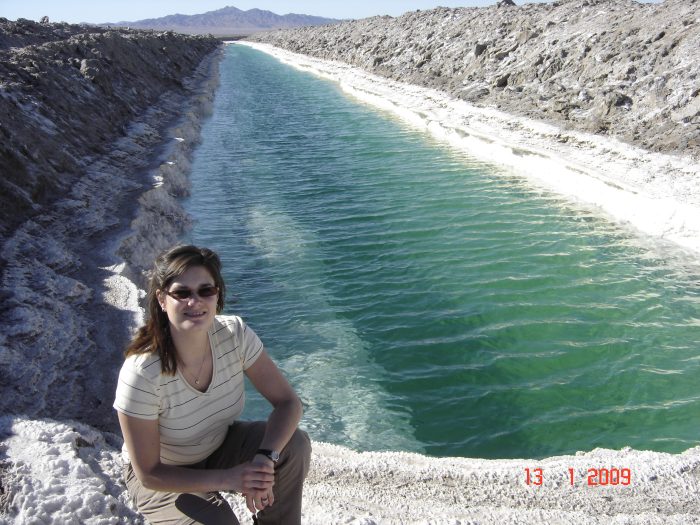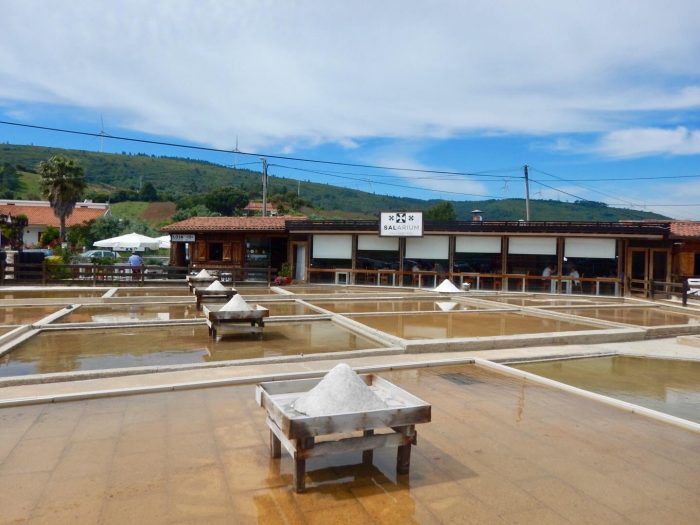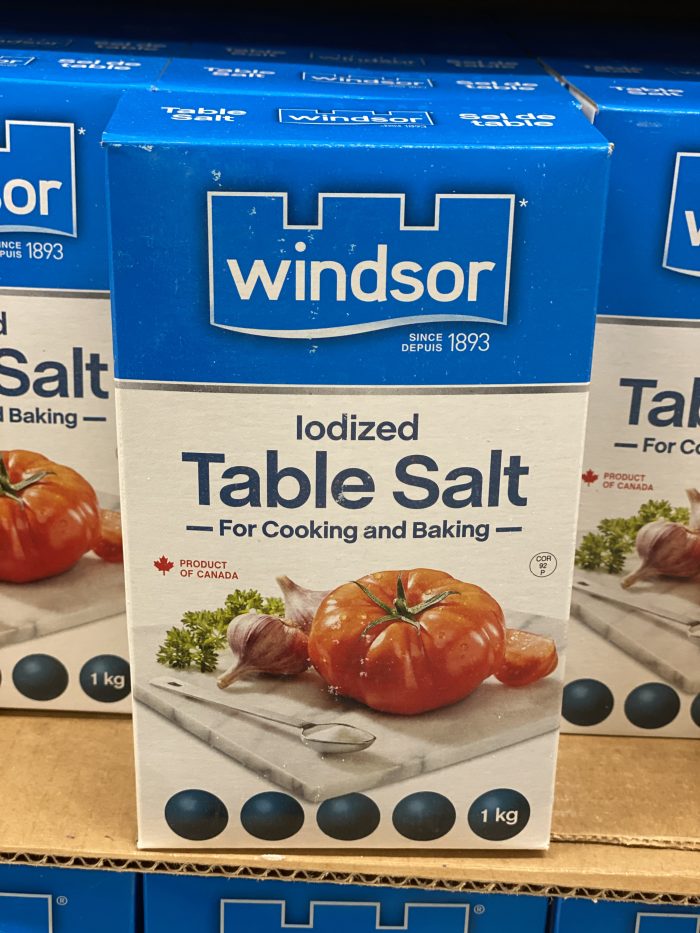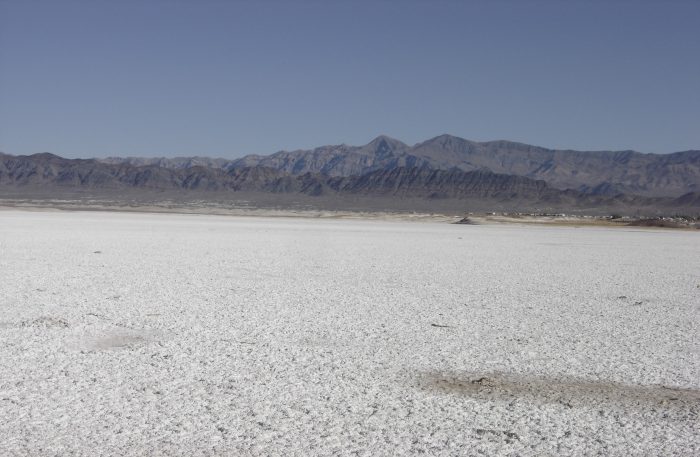Which Salt Should You Use, Which One Should You Stay Away From?
Do you know how salt, NaCl, is made? There are different ways to produce it. Salt can be extracted from mines and brine pits or from evaporated seawater; it is also found in undersea salt deposits that are diluted and then evaporated to become table salt.

Statistics Canada shows the average daily sodium intake of Canadians is currently estimated at 2760 milligrams (mg), which is higher than the established goal of 2300 mg per day. This means that Canadians are still consuming too much sodium, putting them at greater risk of high blood pressure, and therefore heart disease and stroke.

But which salt should you use and which one should you avoid?

- Iodized salt or table salt is mined from underground deposits. It contains small amounts of sodium iodide or potassium iodide. Iodized salt is healthy to consume in moderation. Your body and especially your thyroid glands need the iodine to stimulate the production of thyroid hormones. The hormones help to reduce and regulate blood pressure, body temperature and heart rate. Indeed, iodized salt has been shown to prevent harmful bacteria from multiplying in the intestines.
- Consumption: For adults, a maximum of 150 micrograms should be consumed every day. Consuming high dose of iodized salt could be dangerous for your health.
- When I looked to buy table salt for making my bread, I was shocked to read that it contained sugar or dextrose! I had never noticed that before! Companies do it so that you become addicted to their particular salt product as well as for better taste.
- Read more: Why does table salt have sugar? by Everything What

- Sea salt is made the evaporation of ocean water or saltwater lakes. It contains trace amounts of minerals like iron, potassium and zinc.
- It is less processed than table salt.

- Pink Himalayan salt is extracted from mines located in Pakistan. It may contain more trace minerals than the other types of salt.

- Kosher salt is a coarse, flakey salt. Compared to refined table salt, pure kosher salt does not typically contain additives like anti-caking agents and iodine.

- Fleur de sel is a rare and expensive salt from France. It is expensive because it is picked by hand! It can cost $30 or more per pound. Chefs love using fleur de sel in their creations. Think about homemade chocolate with sparkles of fleur de sel!
All salts mentioned have approximately the same amount of sodium by weight. Himalayan salt contains more minerals, but to get enough minerals to be beneficial for your body, you would at the same time be consuming way too much sodium, resulting in that much salt being harmful for you.

Perhaps, if you workout or play sports and perspire a lot, you need to replenish with electrolytes such as sodium (salt), potassium, calcium, or bicarbonate. Without adequate sodium, your brain would not be able to send necessary electrical impulse to the rest of your body to function properly.

The final answer is that there is no healthiest or best salt; your selection is a matter of personal taste. Whichever type of salt you use, do so in moderation. The Canadian’s dietary guidelines suggest that people limit their consumption of salt to 2,300 mg a day. That is about the equivalent of 1 teaspoon of salt. But, it’s my own opinion, and personal choice to stay away from cheap, added sugar and modified table salt. I much prefer using sea salt and Himalayan salt.
Salt adds flavor to food. To avoid dealing with high blood pressure and risk of heart disease and stroke, stay away from processed food and cold cut meats. They contain a lot of salt not only to improve taste but also to act as a preservative.
There are other ways to use salt than in food! Read two of my latest blogs here:
Reduce flu/cold symptoms faster by soaking in a bath with Himalayan salt
Floatation Tank: 15 Benefits
